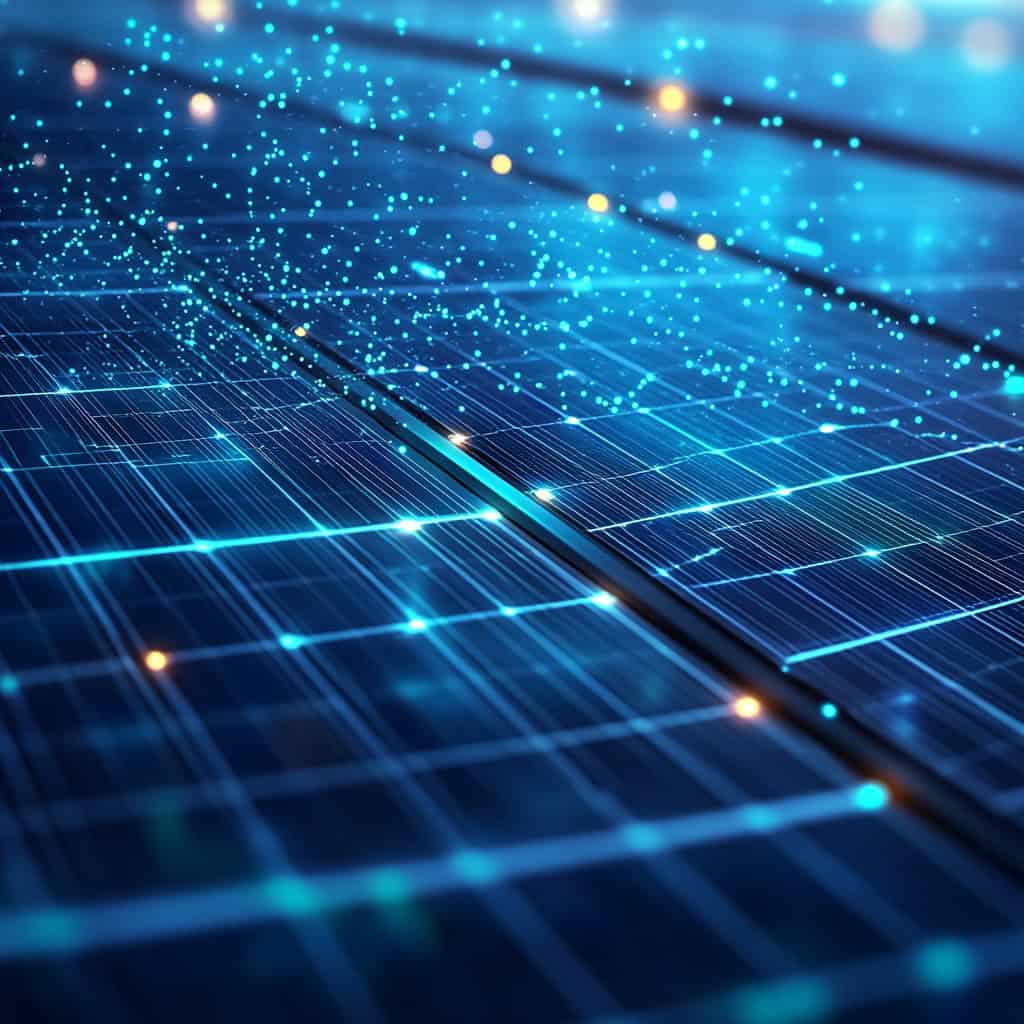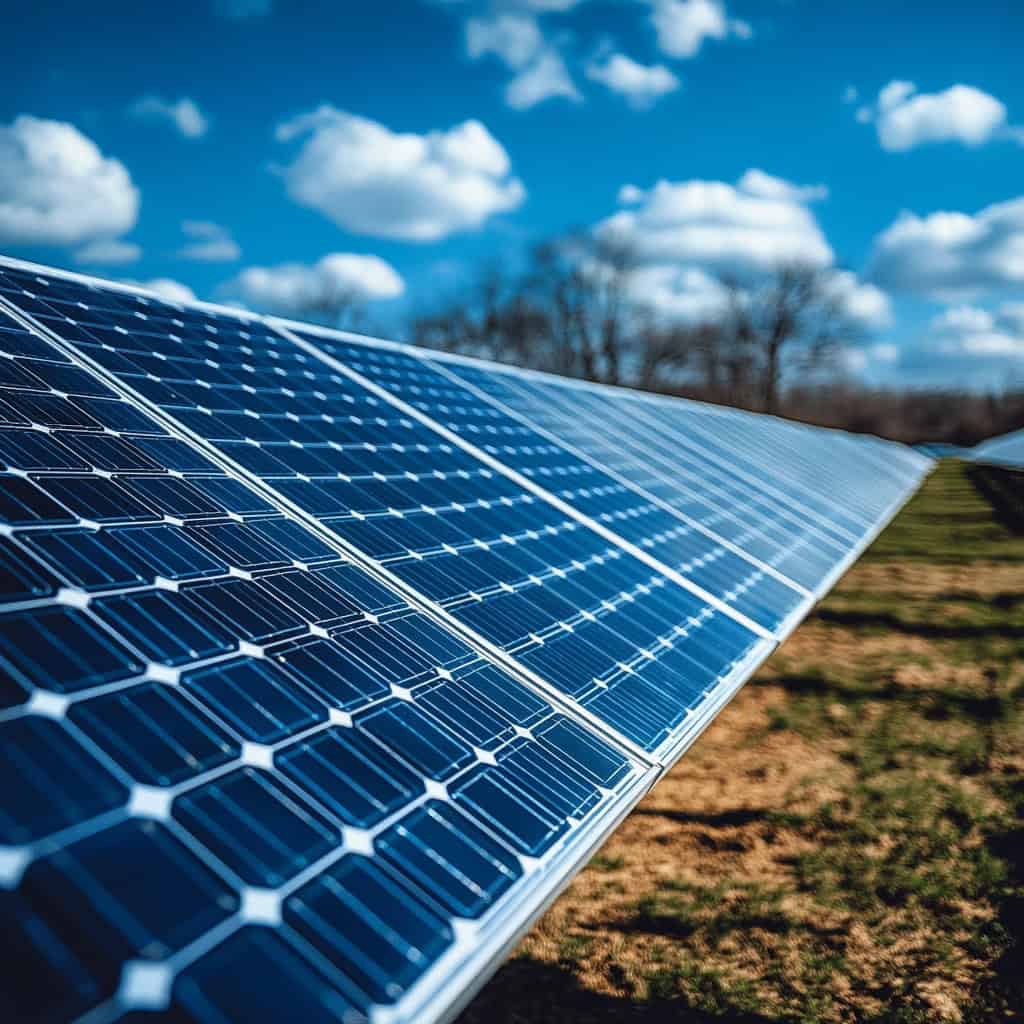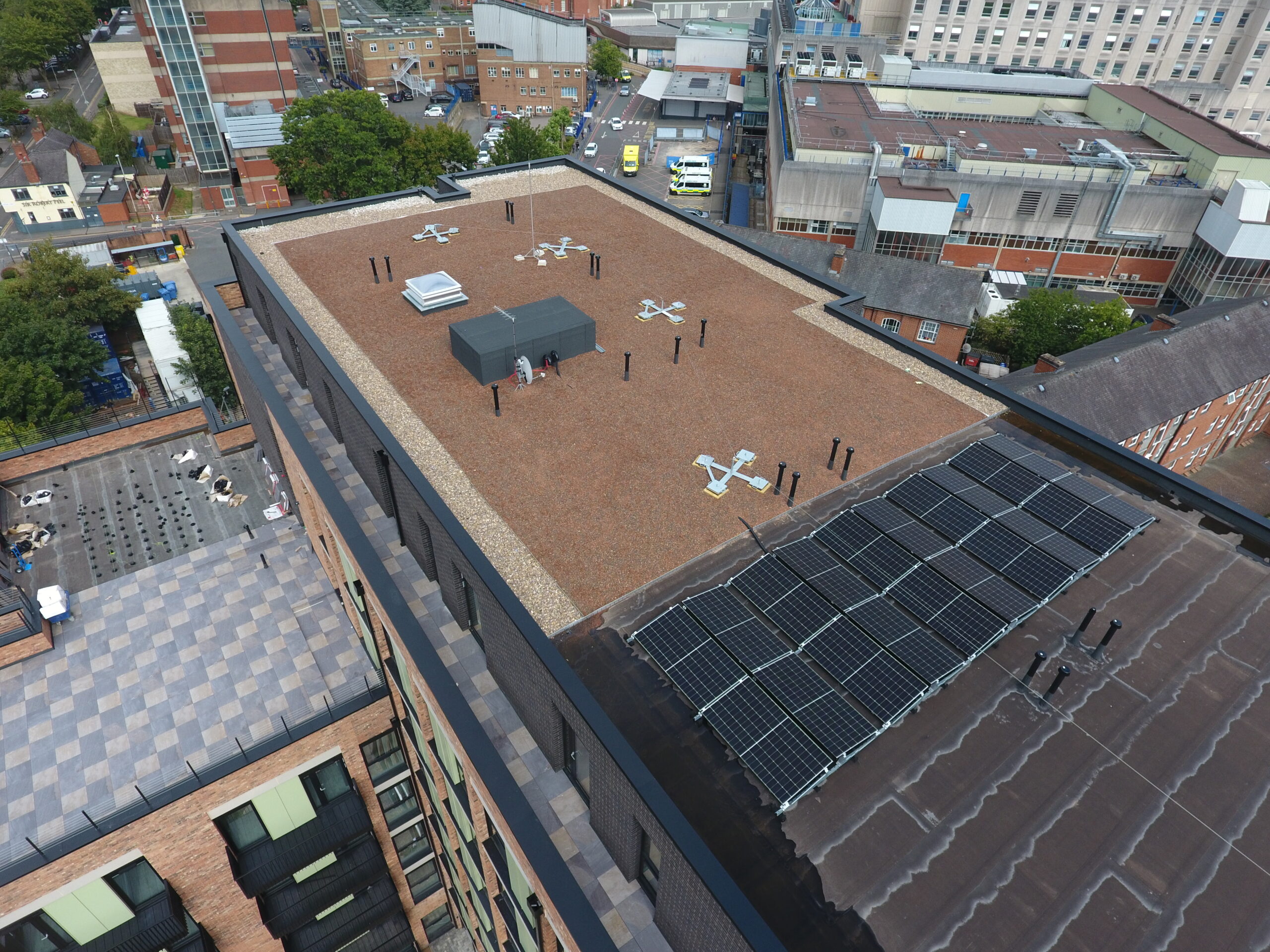The global energy landscape is undergoing a fundamental transformation. As solar energy becomes easier to access and cheaper, the old, centralised grid model is becoming outdated.
Blockchain technology is leading this change. A digital innovation that can decentralise currencies exists. It can also change how we generate, share, and use electricity.
This article looks at how blockchain allows peer-to-peer (P2P) solar energy trading. It changes energy distribution networks and helps create decentralised energy economies.
From Centralised Power To Decentralised Generation, The Problem With Traditional Energy Grids
Traditional energy grids are centralised systems. They depend on large power plants and a lot of infrastructure to deliver electricity to users.
This model is:
- Vulnerable to outages
- Inefficient for local energy use
- Costly to maintain, especially in rural or remote areas
- Often reliant on fossil fuels, contributing to carbon emissions and climate change

The Rise Of Distributed Energy Resources (DERs)
Advancements in solar panel efficiency, battery storage, and IoT monitoring tools have made it possible for individuals and businesses to generate their own power. These are known as Distributed Energy Resources
Rooftop solar installations, small wind turbines, and home battery systems now allow consumers to become “prosumers” both producers and consumers of energy.
However, integrating these DERs into the grid in a way that allows for real-time, efficient energy trading and distribution is complex. That’s where blockchain technology comes in.
Blockchain: The Digital Backbone Of The New Energy Economy
What Is Blockchain?
At its core, blockchain is a decentralised digital ledger that records transactions across a network of computers in a secure, immutable, and transparent manner. Each transaction is timestamped and linked to previous transactions, forming a chain of blocks that cannot be altered retroactively.
In the energy sector, blockchain:
- Provides transparent verification of energy generation and use
- Facilitates automated trading via smart contracts
- Eliminates the need for central authorities or intermediaries
- Offers auditable records of every kilowatt-hour traded
Smart Contracts: Automating Trust & Transactions
Smart contracts are self-executing contracts with the terms of the agreement written into code.
In the context of P2P energy trading:
- When a homeowner generates surplus solar energy, a smart contract can automatically offer it for sale.
- If a neighbour wants to buy energy, a contract will finalise the sale. This happens when specific conditions are met. These conditions include price and availability.
- Payment and energy delivery are tracked in real time, ensuring transparency and efficiency.

Peer-To-Peer Solar Energy Trading: How It Works
A blockchain-enabled P2P solar network allows users to:
- List excess energy for sale
- Browse offers from other participants
- Transact directly without utility company mediation
Key Components:
- Digital Meters to track production and consumption
- Blockchain Ledger to record and validate transactions
- Smart Contracts to manage pricing and delivery
- Tokens or Stable coins for financial settlement
Economic and Social Benefits:
- Lower energy bills for buyers
- New income streams for solar owners
- Increased energy efficiency through local use
- Energy equity by enabling access to clean power in underserved communities
Challenges & Limitations
While promising, blockchain-based energy systems still face several barriers:
Regulatory and Legal Hurdles
- Many regions do not yet allow P2P energy trading.
- Utility monopolies often resist the shift toward decentralisation.
- Data privacy laws can complicate blockchain deployment.
Technical Constraints
- Requires widespread adoption of smart meters and IoT devices.
- Some blockchains (like Bitcoin) are energy-intensive, though newer versions are far more efficient.
Consumer Awareness
- Many users lack knowledge of how blockchain works.
- Education and user-friendly interfaces are crucial for adoption.
The Future Of Decentralised Energy Grids
The intersection of solar energy, blockchain, and decentralised grids is still evolving, but the direction is clear: toward more resilient, equitable, and sustainable energy systems.
Future developments may include:
- Tokenised energy markets, where electricity becomes a tradable digital asset
- Dynamic pricing based on supply and demand at the local level
- AI-powered grid management, with real-time energy optimisation
- Cross-border P2P networks, especially in regions with shared grids
Conclusion
The role of blockchain in solar energy trading and decentralised grids is not just an emerging trend, it’s a structural innovation that could redefine how the world powers itself.
By enabling transparent, efficient, and local energy exchanges, blockchain empowers individuals and communities to take control of their energy future.
As clean energy generation becomes more democratised, blockchain will serve as the trusted infrastructure that supports it unlocking new economic opportunities, increasing grid resilience, and accelerating the transition to a low-carbon world.

